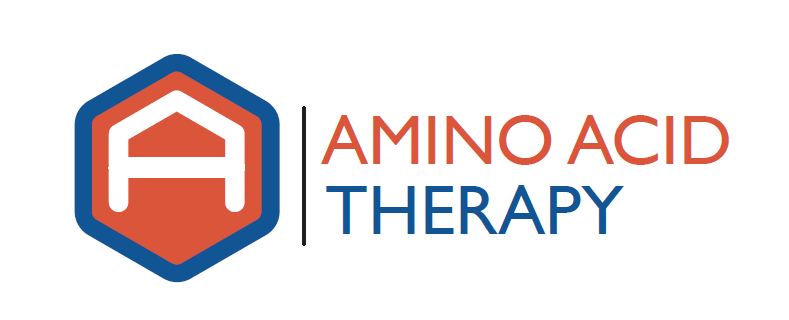 I am often asked why we need to complete testing to help optimize neurotransmitter levels and if we need to do testing, how many tests will be necessary to achieve success. The answer to this question isn’t as straight forward as most people would like. Here’s why.
I am often asked why we need to complete testing to help optimize neurotransmitter levels and if we need to do testing, how many tests will be necessary to achieve success. The answer to this question isn’t as straight forward as most people would like. Here’s why.
Why Testing is Important
Some tests in medicine are very simple and straight forward. Order hemoglobin for example, and when it is reported back at 8.1, the person is clearly anemic. However, assays of the monoamines (serotonin, dopamine, norepinephrine and epinephrine) in the urine require specialized interpretation that allows for defining the functional status of gates in the kidneys, called organic cation transporters (OCT), which can be anything but straight forward.
At this point I am often asked why this is important or how we can get useful data about neurotransmitter status in the brain by looking at the urine. The answer is that the OCT of the kidney is identical and homologous to the OCT in the brain, liver, GI tract and other areas, which means that the gates in the kidneys respond exactly like the gates in the brain. By gaining insight into the functional status of the OCTs in the kidneys we can see what is happening in the brain. This answers the original question stated above about why testing is useful; that’s the easy part. The question about how many tests are necessary is much harder to answer.
Test Until the Job is Done
Everybody’s needs are unique and no two people respond the same way to a given dose of amino acids. The process really has two steps:
- Getting the person into the “competitive inhibition state” with administration of adequate amino acids. This gets the OCTs working properly.
- Insuring that both serotonin and dopamine levels are in the proper therapeutic ranges for long-term resolution.
In some people this process is very straightforward and no testing is necessary. However, in many people, this process can be quite involved and take many tests to complete. The hardest part for people to accept is that there is no way to differentiate those that will achieve proper neurotransmitter balance quickly from those that may require many months or even years to do so.
For example, we have had people suffering from migraines that were rebalanced within days of starting amino acid therapy, which means that they were completely headache-free within days of taking their first dose of amino acids. Some of these people had suffered from migraines for years or decades before they found us. We have had many others with migraines that required 2-6 tests to get them optimized and headache-free. And we have had a few that have taken dozens of tests and 1-2 years of rebalancing to get the mix just right for them; some of these people are teenagers and suffered from migraines for only 1-2 years and some are in their forties or fifties and had been suffering since they were in grade school.
The correct answer to this question is that we need to continue testing until both serotonin and dopamine are in the phase 3 therapeutic range or the person experiences a complete relief of symptoms, whichever comes first. The good news is that with proper testing, we will achieve proper neurotransmitter balance and eliminate the symptoms associated with this imbalance. It’s not a matter of “if” it will happen; it’s a matter of “when”.
This post comes to us from our friends at Natural Solutions for a Healthy You.

